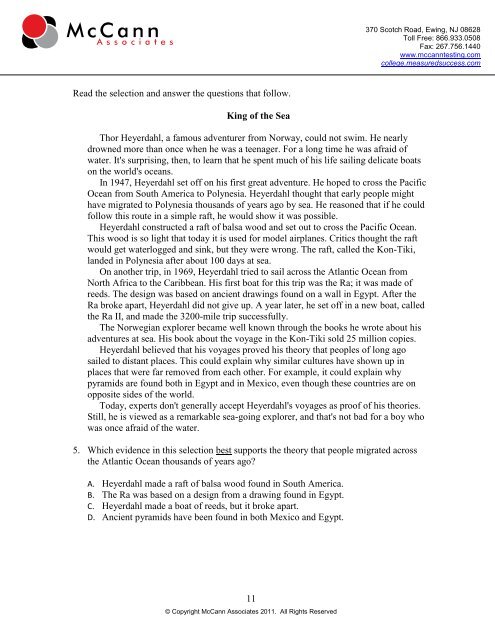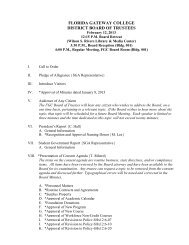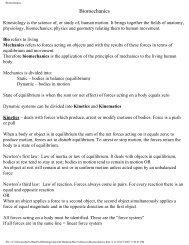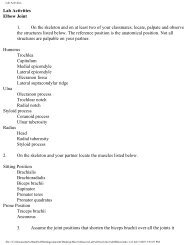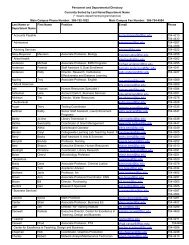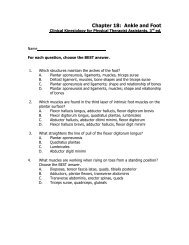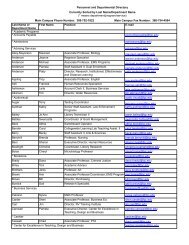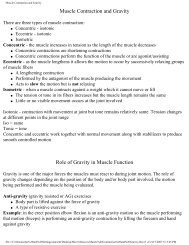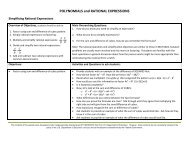PERT Student Study Guide
PERT Student Study Guide
PERT Student Study Guide
Create successful ePaper yourself
Turn your PDF publications into a flip-book with our unique Google optimized e-Paper software.
Read the selection and answer the questions that follow.<br />
King of the Sea<br />
11<br />
© Copyright McCann Associates 2011. All Rights Reserved<br />
370 Scotch Road, Ewing, NJ 08628<br />
Toll Free: 866.933.0508<br />
Fax: 267.756.1440<br />
www.mccanntesting.com<br />
college.measuredsuccess.com<br />
Thor Heyerdahl, a famous adventurer from Norway, could not swim. He nearly<br />
drowned more than once when he was a teenager. For a long time he was afraid of<br />
water. It's surprising, then, to learn that he spent much of his life sailing delicate boats<br />
on the world's oceans.<br />
In 1947, Heyerdahl set off on his first great adventure. He hoped to cross the Pacific<br />
Ocean from South America to Polynesia. Heyerdahl thought that early people might<br />
have migrated to Polynesia thousands of years ago by sea. He reasoned that if he could<br />
follow this route in a simple raft, he would show it was possible.<br />
Heyerdahl constructed a raft of balsa wood and set out to cross the Pacific Ocean.<br />
This wood is so light that today it is used for model airplanes. Critics thought the raft<br />
would get waterlogged and sink, but they were wrong. The raft, called the Kon-Tiki,<br />
landed in Polynesia after about 100 days at sea.<br />
On another trip, in 1969, Heyerdahl tried to sail across the Atlantic Ocean from<br />
North Africa to the Caribbean. His first boat for this trip was the Ra; it was made of<br />
reeds. The design was based on ancient drawings found on a wall in Egypt. After the<br />
Ra broke apart, Heyerdahl did not give up. A year later, he set off in a new boat, called<br />
the Ra II, and made the 3200-mile trip successfully.<br />
The Norwegian explorer became well known through the books he wrote about his<br />
adventures at sea. His book about the voyage in the Kon-Tiki sold 25 million copies.<br />
Heyerdahl believed that his voyages proved his theory that peoples of long ago<br />
sailed to distant places. This could explain why similar cultures have shown up in<br />
places that were far removed from each other. For example, it could explain why<br />
pyramids are found both in Egypt and in Mexico, even though these countries are on<br />
opposite sides of the world.<br />
Today, experts don't generally accept Heyerdahl's voyages as proof of his theories.<br />
Still, he is viewed as a remarkable sea-going explorer, and that's not bad for a boy who<br />
was once afraid of the water.<br />
5. Which evidence in this selection best supports the theory that people migrated across<br />
the Atlantic Ocean thousands of years ago?<br />
A. Heyerdahl made a raft of balsa wood found in South America.<br />
B. The Ra was based on a design from a drawing found in Egypt.<br />
C. Heyerdahl made a boat of reeds, but it broke apart.<br />
D. Ancient pyramids have been found in both Mexico and Egypt.


